Sciatica is pain radiating from the lumbar-sacral spine and buttock through the back of the thigh and lower leg to the foot. The pain occurs in the area innervated by the sciatic nerve and may sometimes be accompanied by neurological symptoms, such as sensory disturbances or muscle weakness. Symptoms result from compression or irritation of the sciatic nerve or the nerve roots that connect to form the nerve. The pain may affect one or both legs and is usually preceded by lower back pain.
Table of Contents
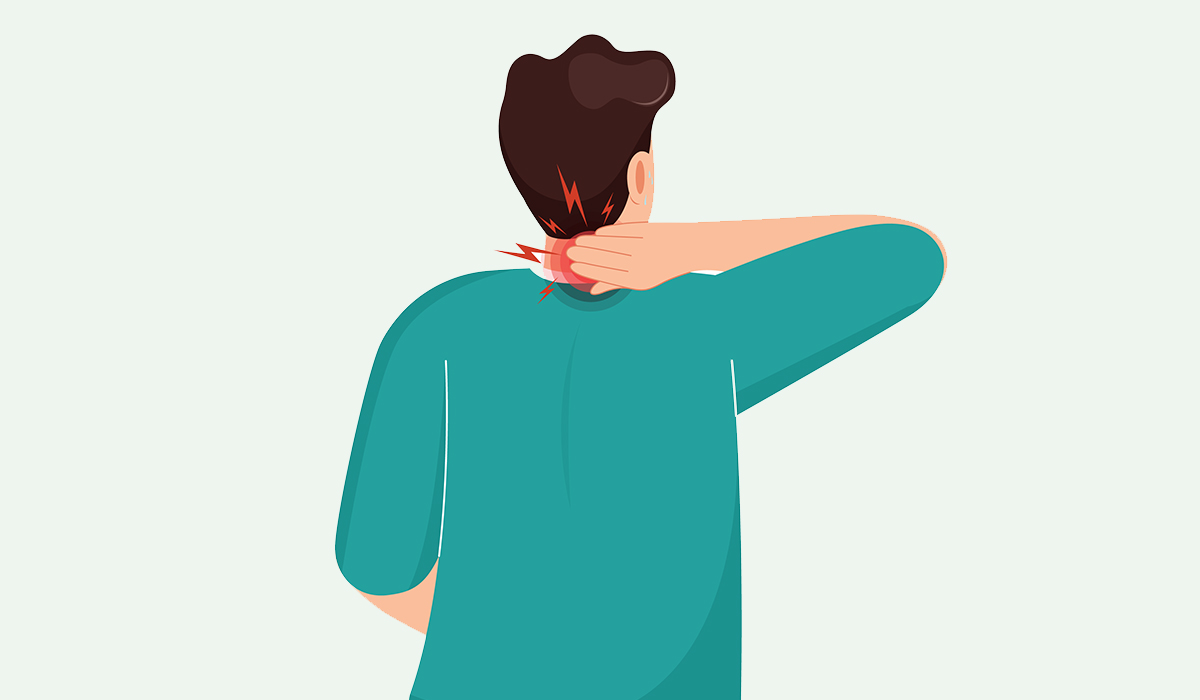
Spondylosis is a degenerative change in the spine that usually occurs with age. Find out how to recognize the disease… read more »
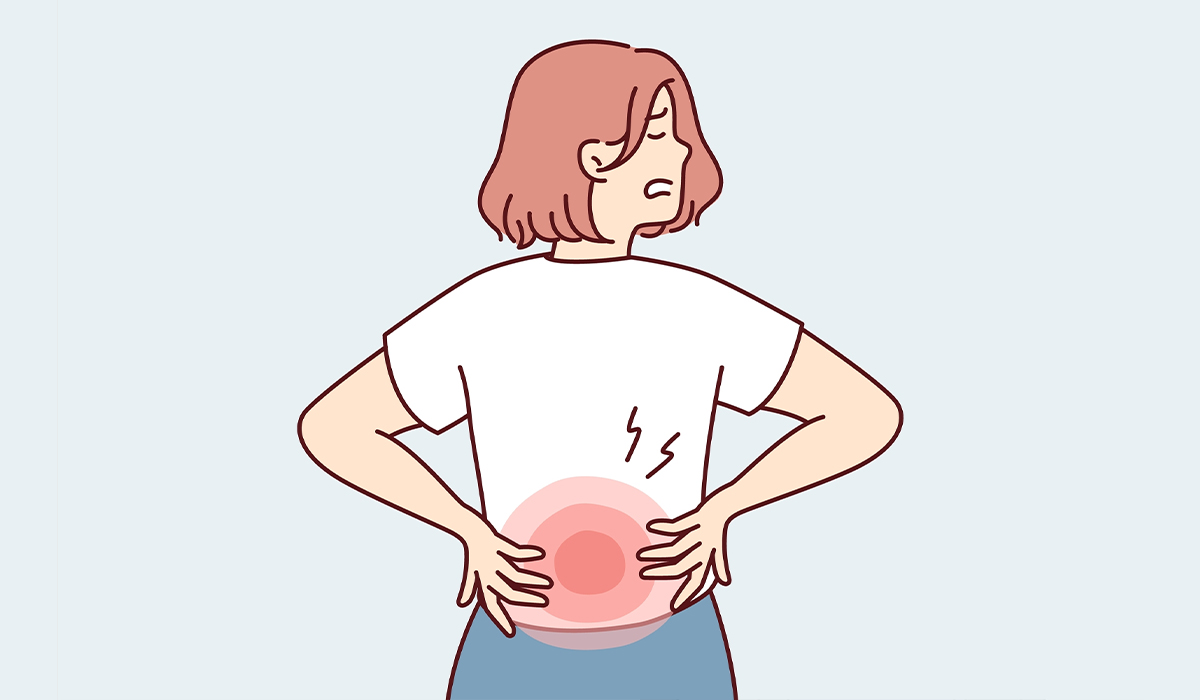
Back pain is among the most common causes of productivity loss in the US. What causes it? How do you… read more »
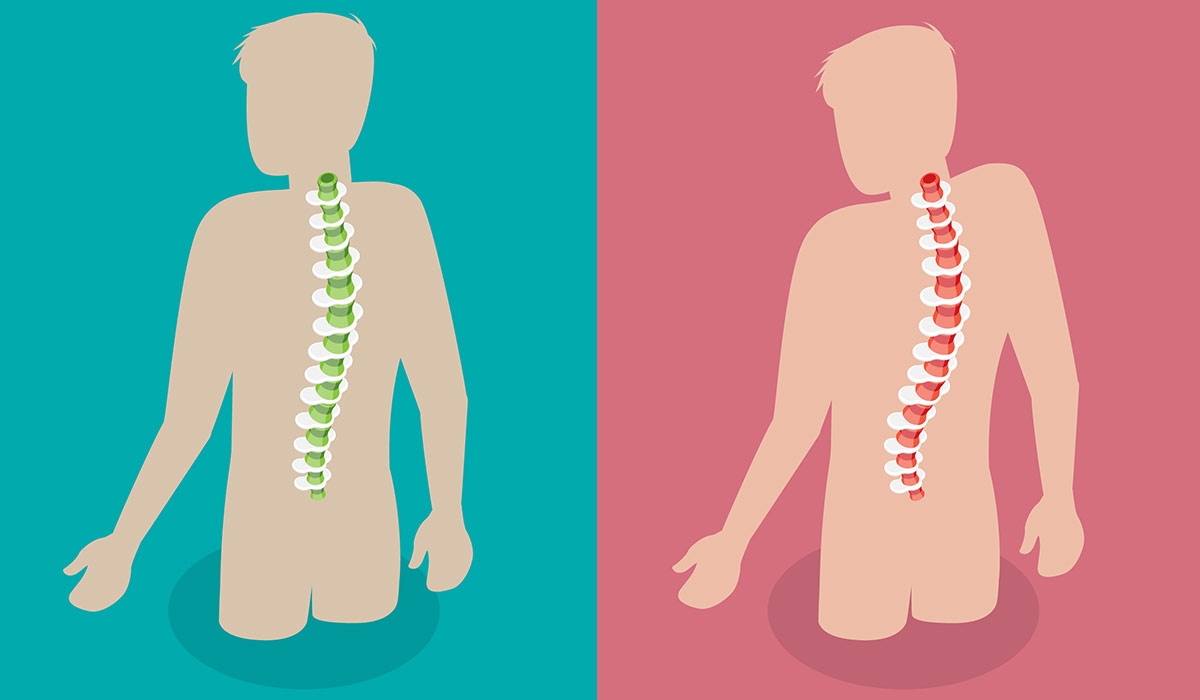
Scoliosis is a structural deformation of the spine that occurs in three planes. What are its causes and symptoms? What… read more »

Nerve is a bundle of fibers made up of neurons that transmit sensory and motor information between different body parts… read more »
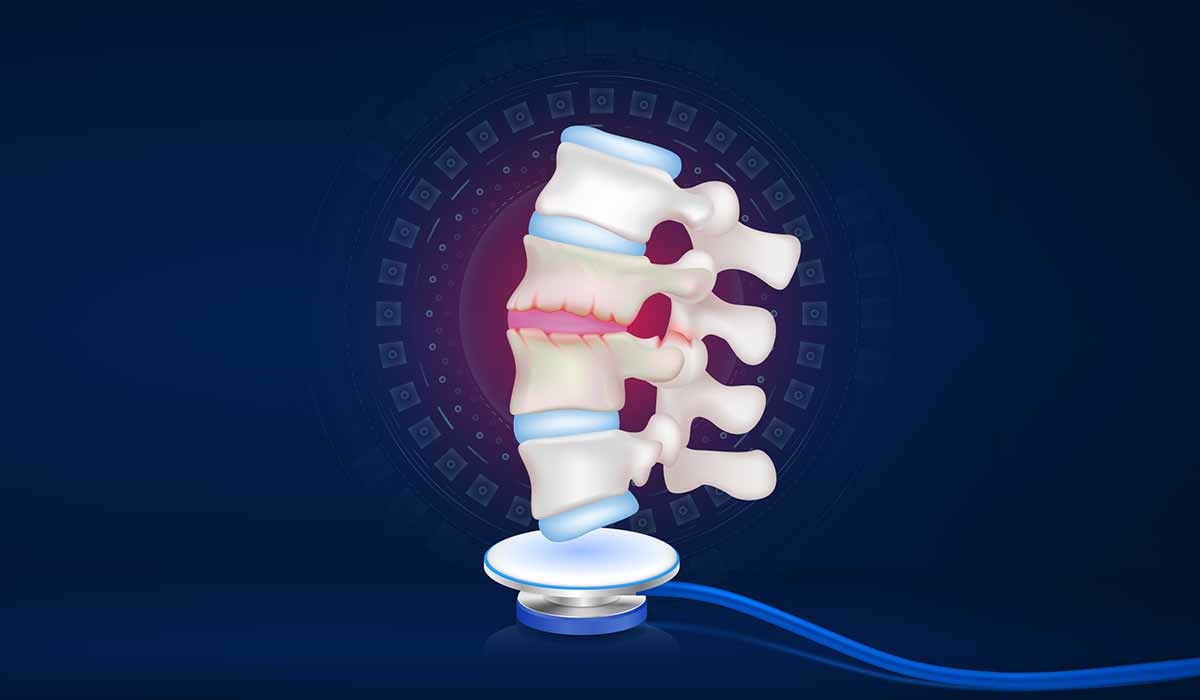
Ankylosing spondylitis (AS) is a chronic inflammation of the spine. How to recognize the onset of the disease? What to… read more »
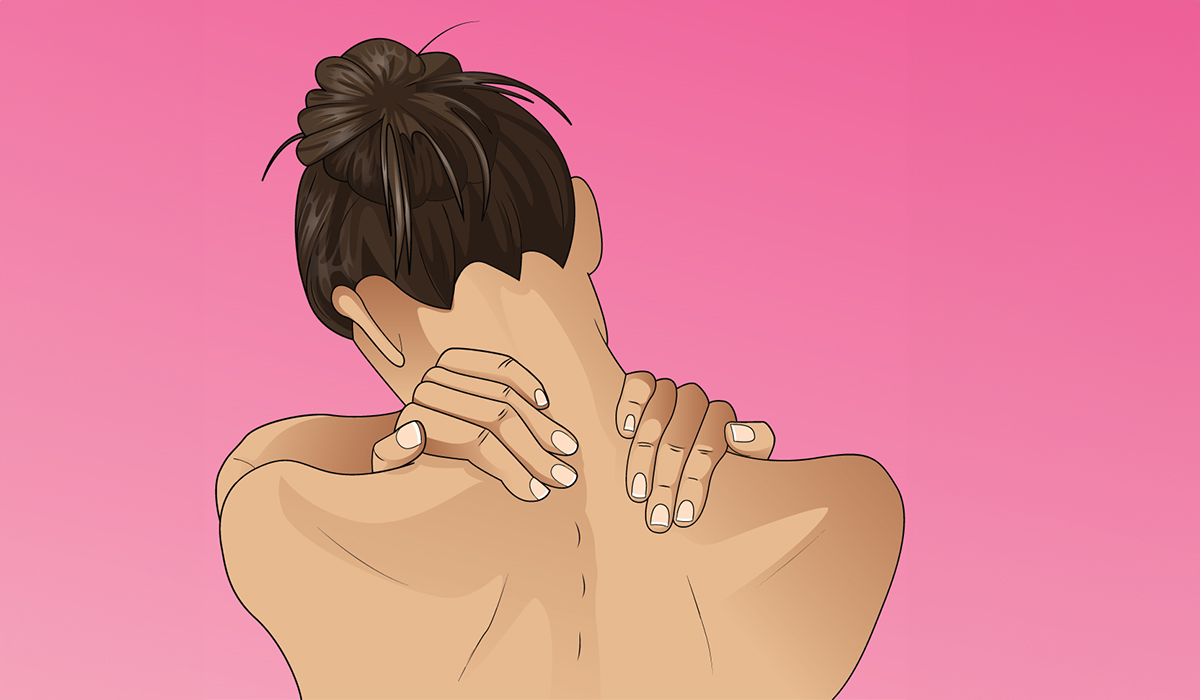
Neck pain, which a few individuals call cervicalgia, implies having distress or hurt feelings within the neck zone with bones,… read more »
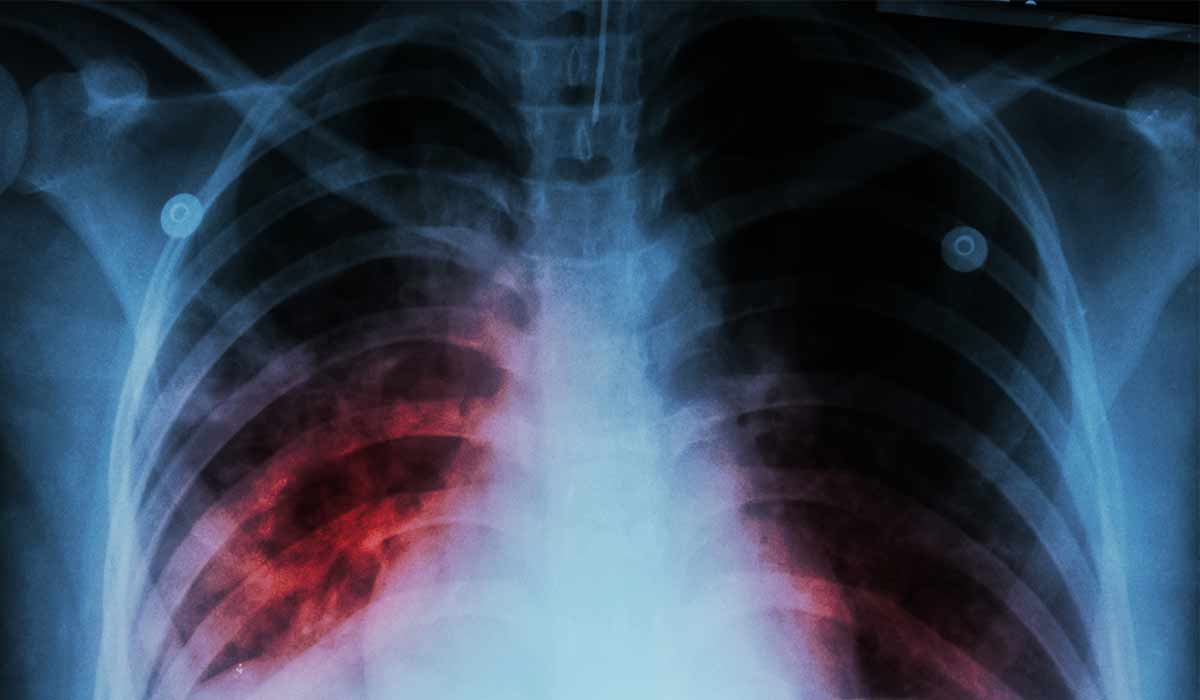
Tuberculosis is an infectious disease caused by mycobacteria. There are many types of tuberculosis with varying symptoms. Learn it all… read more »
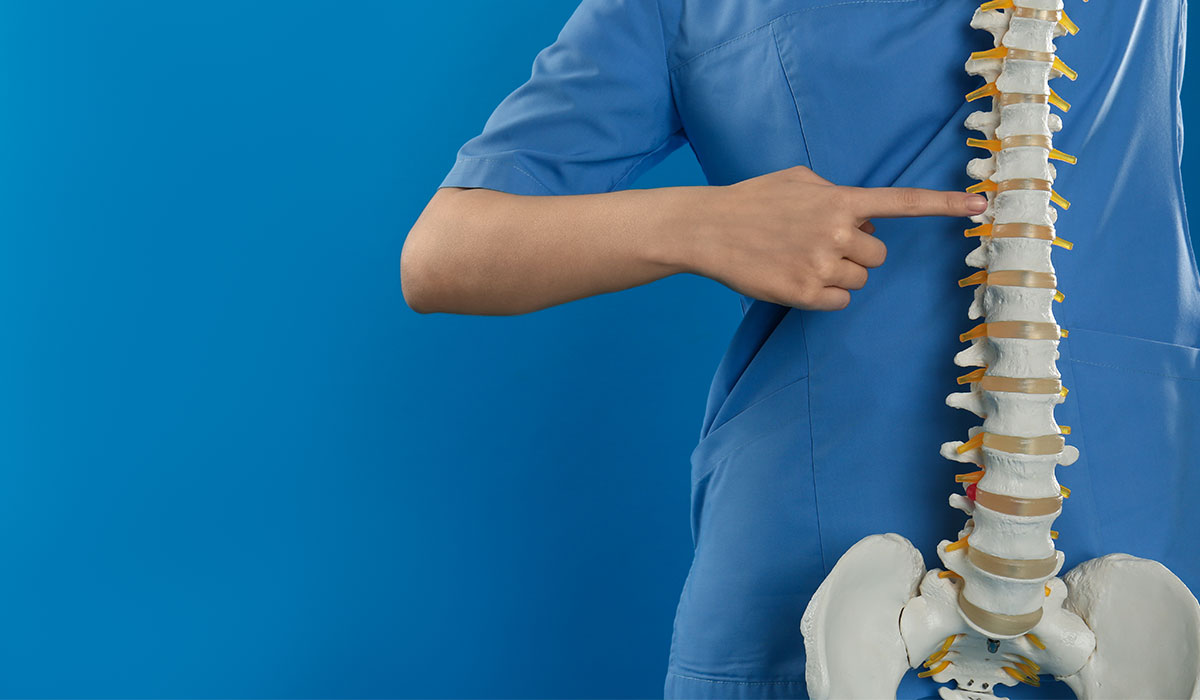
In layman's terms, anterolisthesis is often referred to as an abnormal alignment of the spine's bones. It is a condition… read more »
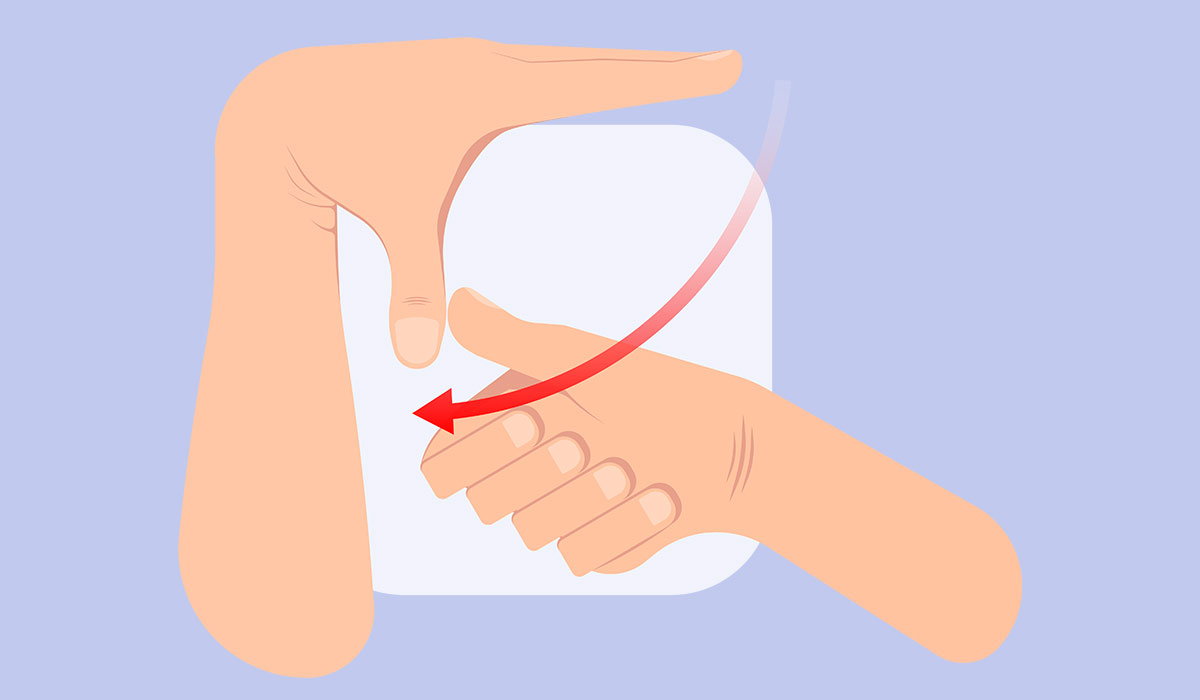
Ehlers-Danlos Syndrome is a group of diseases with a genetic basis. Learn all the symptoms associated with EDS. Find out… read more »